4,000-year-old tomb of high-ranking Egyptian official is now open. Take a look inside
You step inside and the air instantly cools, a welcome change from the warm Egyptian sun. The rock tunnel in front of you stretches toward the heart of the mountain. Each step takes you farther into the millenia-old tomb.
From far away, the slopes of North Asasif appear dotted with small dark ovals, pinpricks of darkness in the rocky, tan-brown slope. There’s more than meets the eye. Behind each pinprick lies a tomb.
A joint team of Egyptian and Polish archaeologists have spent years researching, documenting and painstakingly restoring one of these elaborate burial sites — the Tomb of Meru. At long last, the 4,000-year-old tomb is open to the public, according to a Feb. 10 news release from Science in Poland.
Meru was a high-ranking official in the court of Mentuhotep II, a pharaoh who ruled Egypt from 2055 to 2004 B.C., the Polish Centre of Mediterranean Archaeology at the University of Warsaw said in a news release.
The tomb is carved into a mountain, with a rectangular entranceway. The upper corridor stretches straight forward from the entranceway. The long, skinny corridor has niches carved into the sides where a statue of Meru once stood, per the release.
Tomb of Meru by Mariusz Caban - OZ pracownia on Sketchfab
Standing near these niches and looking into the mountain, visitors can see the tomb split into two levels, a 3D rendering of the site shows. The upper level seems to hover out of reach with no connecting pathway. This upper room holds a space for a cult shrine, a place where Meru’s family could come to leave “food for his soul,” with a prominent statue niche visible but elusive.
Walking down the steep slope to the lower level, the corridor seems to narrow before opening into the burial chamber. Unlike the rest of the tomb, the rectangular chamber is decorated with vibrant wall paintings. Yellows, reds and blues burst from the wall. Even the walls of the sarcophagus, a rectangular space cut into the ground, are intricately decorated.
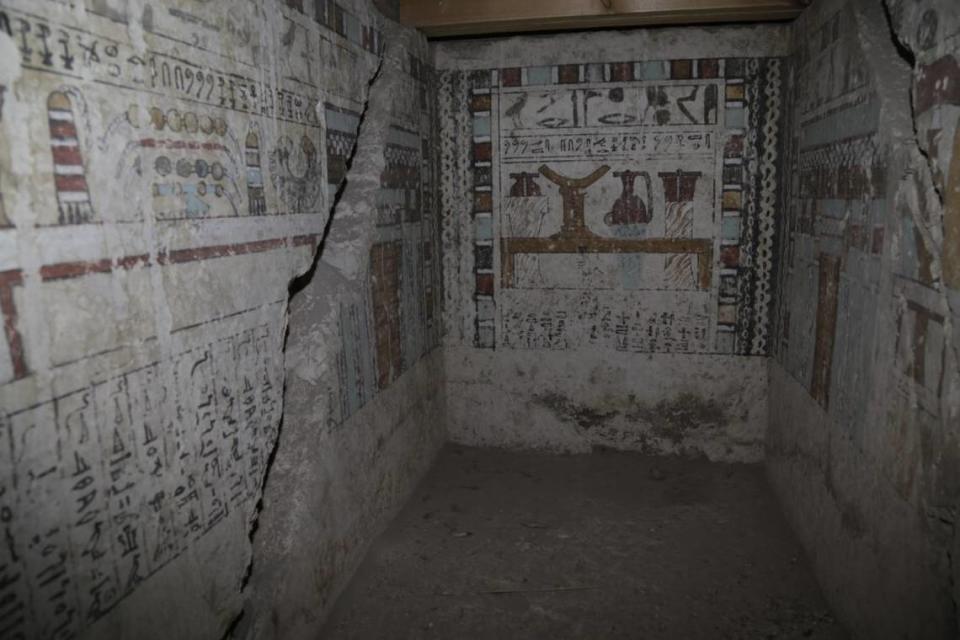
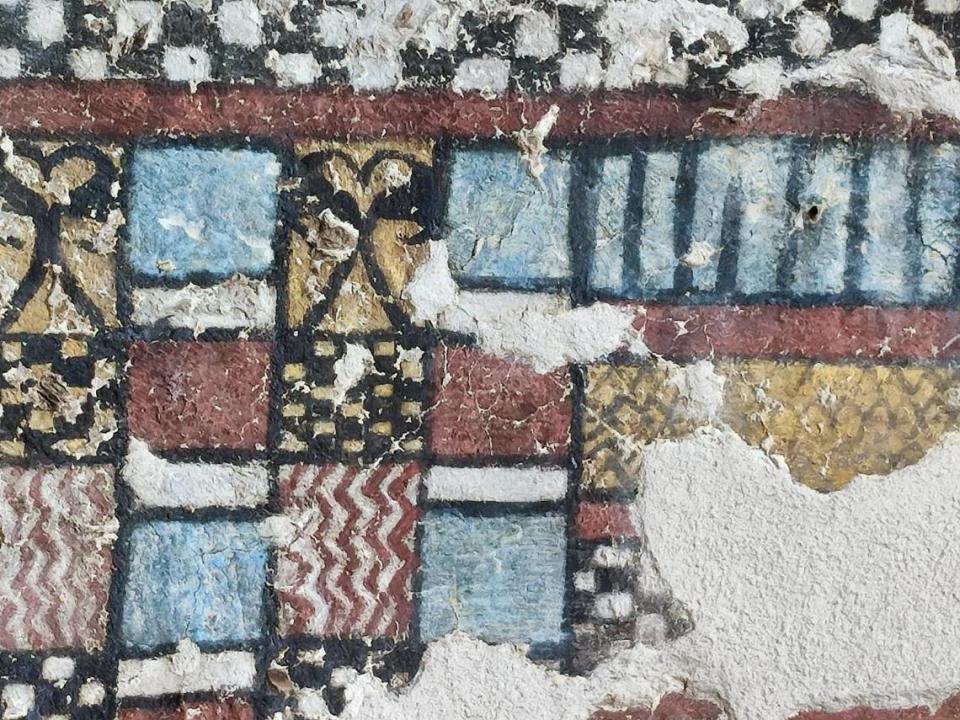
About 70% of these millenia-old wall paintings were preserved, the Polish Centre of Mediterranean Archaeology explained in a news release on its Project Asasif Facebook page. A layer of dirt and soot, likely left from cooking fires of Christians reusing the tomb as a religious retreat space, covered the paintings before the teams started their restoration.
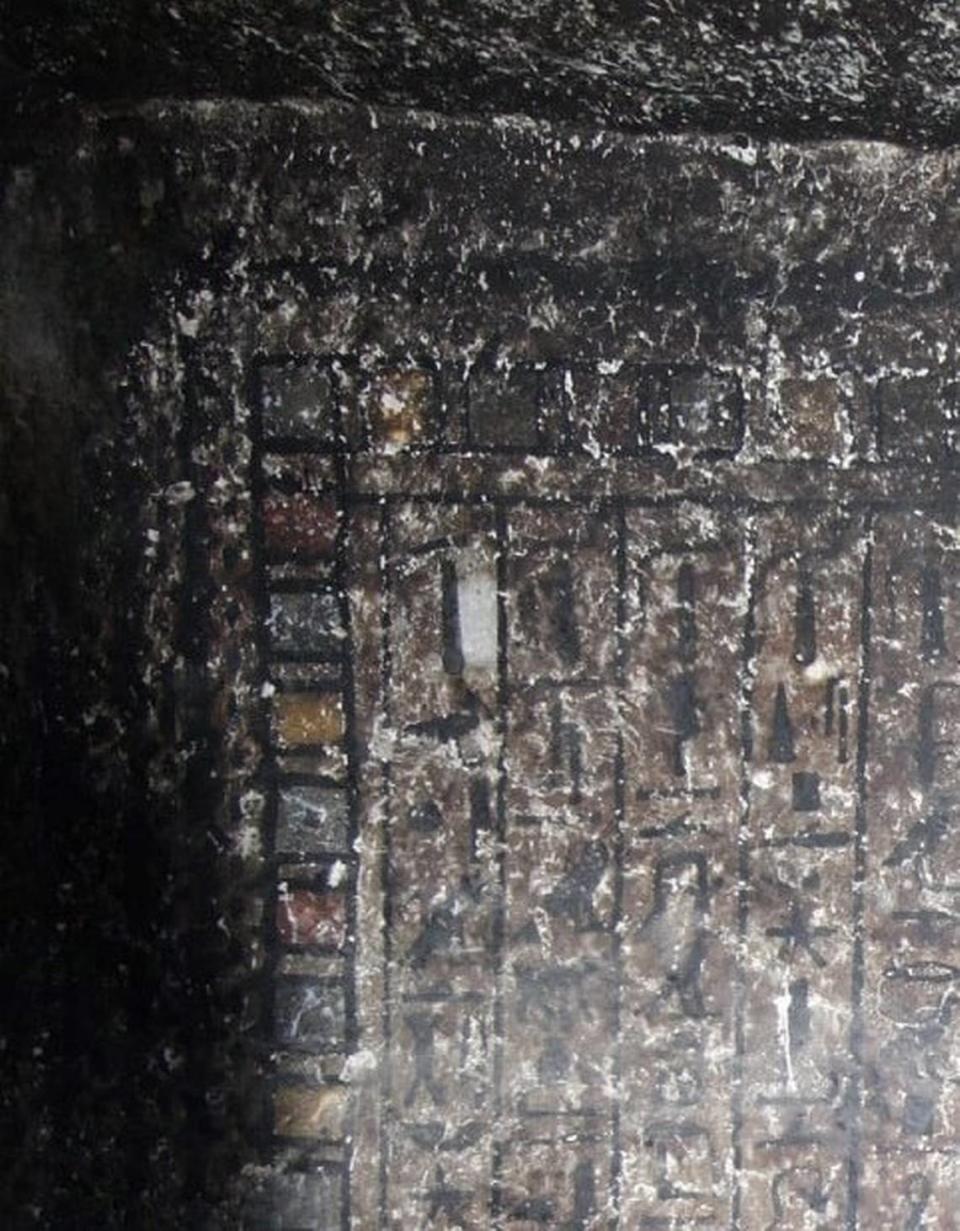
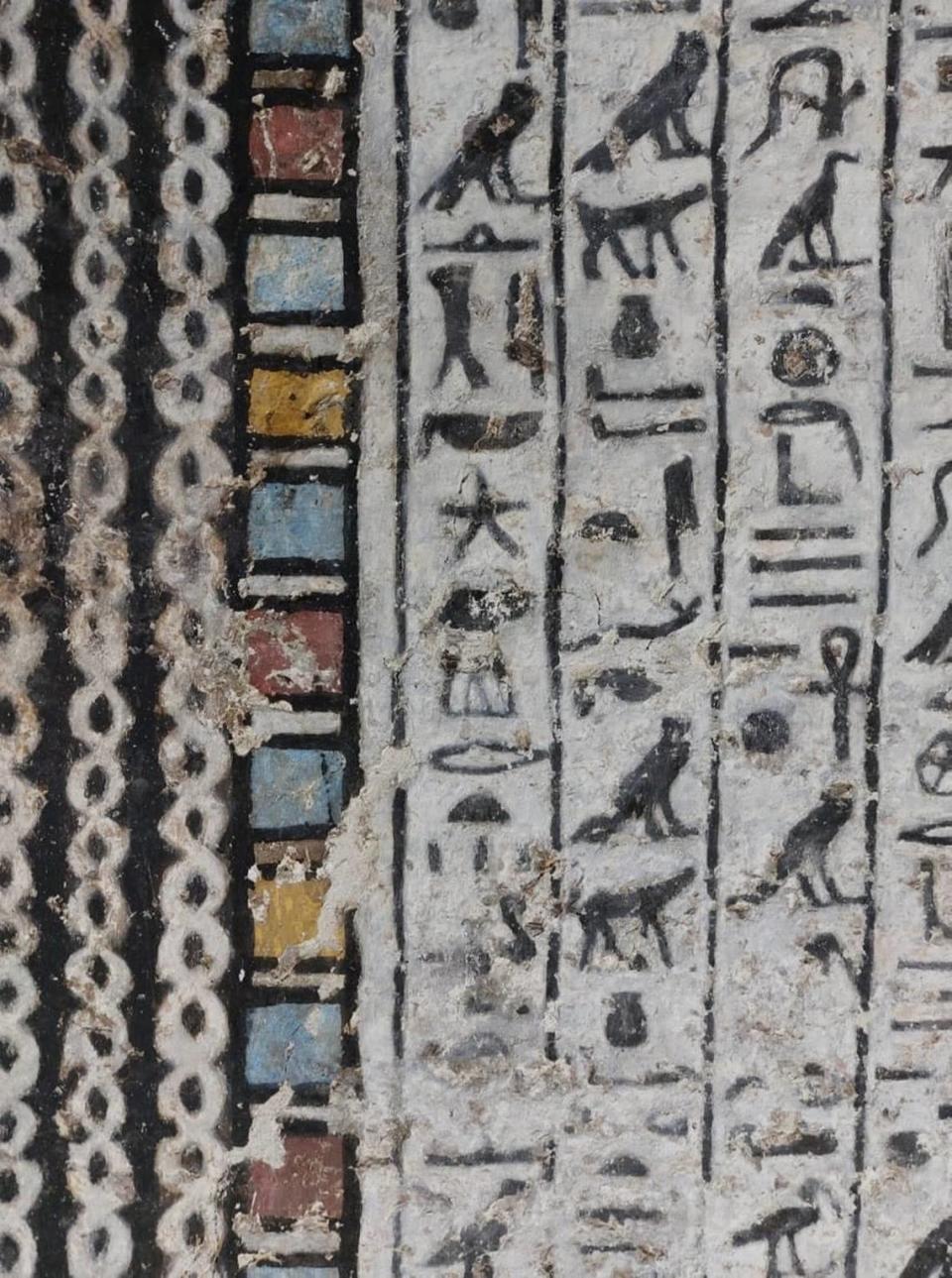
Archaeologists carefully cleaned and stabilized the paintings, restoring the vibrant hues and preserving the hieroglyphic text, per the release. The wall paintings show false doors, offering tables and spells from the Pyramid Texts, the oldest known collection of ancient Egyptian funerary texts.
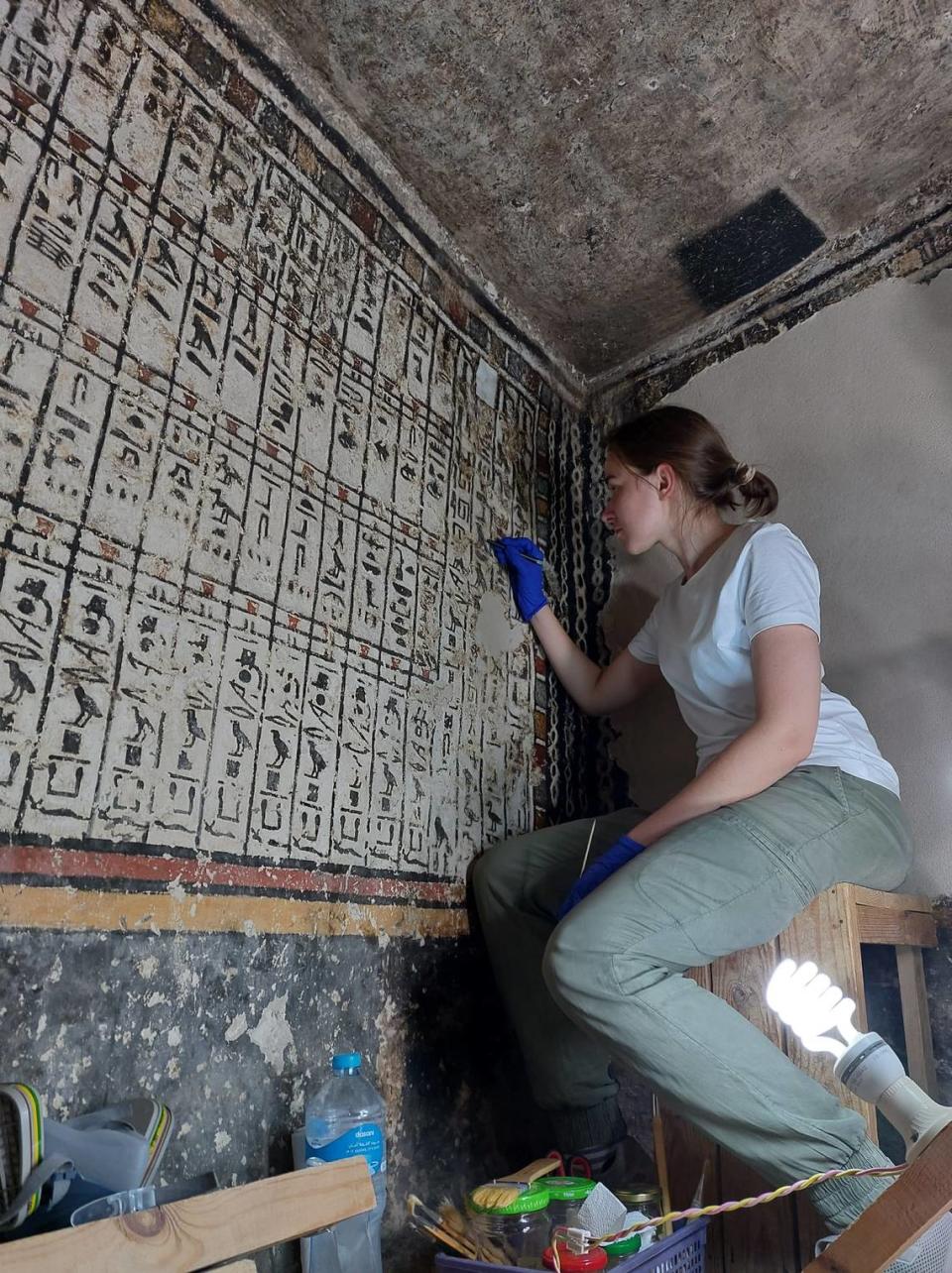
“The Tomb of Meru is the first monument from such an early period in Western Thebes to be made accessible to visitors,” archaeologist Anastasiia Stupko-Lubczynska, head of the expedition for the Polish Centre of Mediterranean Archaeology, said in the news release.
Archaeologists rediscovered Meru’s tomb in the mid-1800s, Egypt’s Ministry of Tourism and Antiquities said in a news release. Intensive efforts to conserve and restore the structure began in 2015. The tomb is one of many joint Egyptian-Polish research and restoration projects.
The North Asasif site is part of Deir el-Bahari, a sprawling necropolis of tombs and monuments across the Nile from Luxor. The site is about 400 miles southeast of Cairo.
Google Translate and Facebook Translate were used to translate news releases from Egypt’s Ministry of Tourism and Antiquities.
3,500-year-old tombs of two royal officials opened in Egypt. See the treasures inside
Ruins of 350-year-old castle — destroyed by invaders — unearthed in Panama, photos show
Ruins of 1,600-year-old iron working site — filled with tools — uncovered in China

